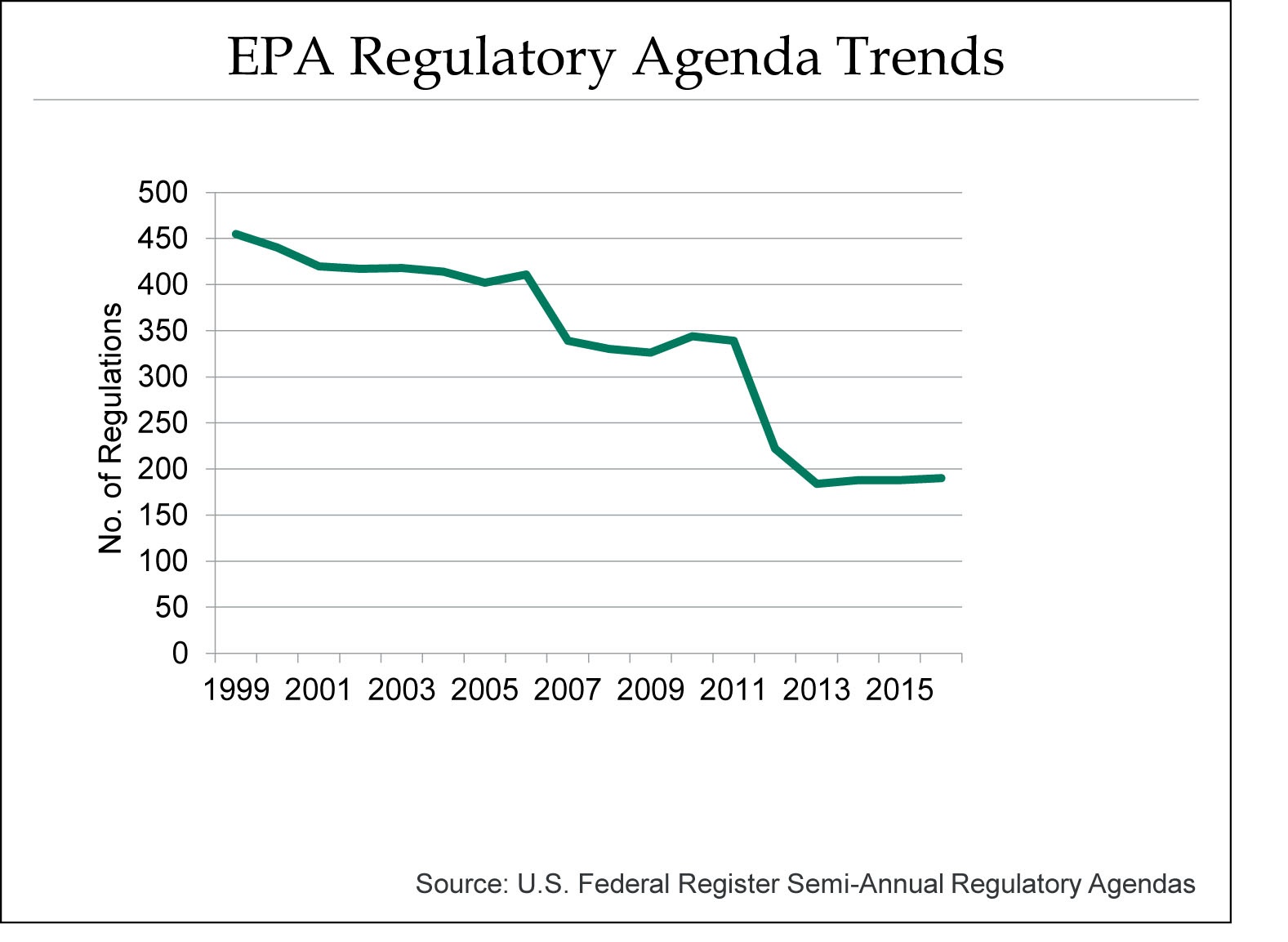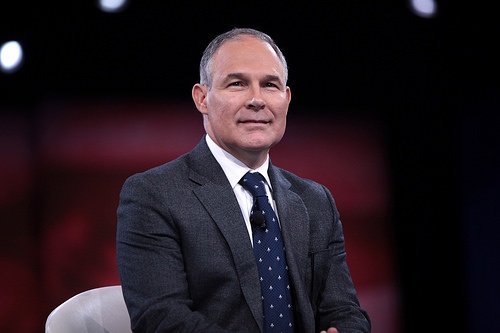The Occupational Safety and Health Administration (OSHA) has issued massive revisions to its regulations requiring most employers (“General Industry”, in OSHA parlance), to protect employees from slip and fall hazards in most workplace contexts, including:
Read MoreAudit, Compliance and Risk Blog
OSHA Revises Walking, Climbing and Fall Protection Standards – Part I (Surfaces and Pathways Between Levels)
Posted by Jon Elliott on Mon, Jan 23, 2017
Tags: Employer Best Practices, Health & Safety, OSHA, Employee Rights
Buzz, buzz. Ring, ring. Your eyes are instantly open as the sharp sounds of your smartphone alarm ring in your ears. After reaching over to quell the noise, you jump out of bed, eager to begin your first day as director of marketing for Tech, Inc. Your workday begins with HR orientation. Without much explanation, your hiring manager drops reams of paperwork on your lap. One of the documents is titled “Tech, Inc. Social Media Policy,” while another is a form seeking your personal social media account usernames and passwords. After orientation, you are escorted to your new office, which, to your chagrin, is a small cubicle instead of a plush corner suite. You are assigned your first task: to launch an advertising campaign comparing Tech to rival company, Widget, Inc., along with a promotion in which customers pick three numbers for $2 for a chance to win Tech’s latest gadget. You proudly squeeze promotional information, a slight jab at Widget, and a photo of the prize in a 140-character tweet. After a long first day of work, you arrive at home and post to Facebook: “First day of work. :-) HR sucks. Cubicle is tiny. :-) Thinking about complaining. #newjob #TechInc #funemploymentover #realworld.”
Read MoreU.S. Environmental Regulatory Trends at the Close of the Obama Administration
Posted by Larry Cahill on Thu, Jan 19, 2017
“The care of human life and happiness, and not their destruction, is the first and only object of good government.”
Tags: Business & Legal, Health & Safety, Environmental risks, Environmental, EPA
Since last November’s election, reporters, pundits and rumor-mongers have all worked overtime trying to predict President-elect Trump’s actions. I’ve resisted joining that chorus. Environmental issues received only a tiny portion of candidate Trump’s rhetorical attention (I presented a compilation before the election here), and he had said and done little about these issues since the election.
Read MoreTags: Environmental risks, Environmental, EPA
EEOC Issues Rule to Make Federal Government a Model Employer for People With Disabilities
Posted by Jon Elliott on Thu, Jan 12, 2017
Federal laws prohibit employers from basing employment decisions on a variety of factors, including “disability.” Private employers are subject to the Americans with Disabilities Act (ADA), while public agencies are subject to the Rehabilitation Act. Both laws are administered and enforced by the Equal Employment Opportunity Commission (EEOC), with states generally cooperating with EEOC or imposing similar requirements on state and local agencies. EEOC generally provides the same requirements and guidelines to both sets of employers, but there are differences.
Read MoreEPA Adds Subsurface Intrusion to the Superfund Hazard Ranking System
Posted by Jon Elliott on Tue, Jan 10, 2017
On December 7, the US Environmental Protection Agency (EPA) revised the Hazard Ranking System (HRS) it uses to compare site contamination and to designate the most hazardous sites for the National Priority List (NPL) for cleanup. This revision adds “subsurface intrusion” – i.e., intrusion of hazardous liquids such as contaminated groundwater and/or vapors from subsurface chemical contamination into structures – to the potential pathways to public harm evaluated by HRS when evaluating contaminated sites. This represents the first additional pathway added in nearly three decades. The revisions will become effective 60 days after publication in the Federal Register, presumably during the first quarter of 2017.
Read MoreTags: Environmental risks, Environmental, EPA, Hazcom
Corporation’s Failure to Bid on Project Does Not Excuse Director
Posted by Ron Davis on Wed, Dec 21, 2016
A recent appeal before the Manitoba Court of Appeal highlights the strictures placed on directors with respect to corporate opportunities. In Matic v. Waldner (2016 MBCA 60), the dispute concerned the opportunity to bid on a construction project for one of Manitoba’s First Nations. Ante Matic (Matic) and Paul Waldner (Waldner) agreed to purchase Springhill Lumber Wholesale Ltd. (Springhill) from its previous owners, with Waldner having a 70% interest, and Matic having a 30% interest and acting as Springhill’s general manager. Springhill’s main customers were First Nations, primarily in northern Manitoba. In addition to supplying construction material, Springhill would sometimes also act as general contractor for construction projects for the First Nations.
Read MoreTags: Canadian, directors & officers
As you consider which gifts to give this Holiday season, the U.S. Supreme Court has just made it clear that you should not give the gift of insider stock tips. The Salman v. United States decision resolves a split between lower courts about whether the government must show that someone who breaks trust by giving insider information to a friend or relative automatically breaks rules against insider trading since the “tipper” expects the “tippee” will make money from the tipped information, or whether prosecutors must be prove the tipper expects to gain personally when the tippee trades.
Read MoreTags: SEC
The US Green Building Council’s New LEED v4 Rating System
Posted by Rebecca Luman on Thu, Dec 15, 2016
The US Green Building Council (USGBC), founded in 1993, is a consensus-based nonprofit organization with more than 12,000 national members representing the entire building industry. USGBC plays an important role in providing leadership and integration for the building industry in driving sustainable building.
Read MoreTags: Health & Safety, Environmental risks, Environmental, EHS, RCRA
EPA Proposes First Major Reviews of Existing Chemicals Under the 2016 Amendments to TSCA
Posted by Jon Elliott on Tue, Dec 13, 2016
The Toxic Substances Control Act (TSCA) was enacted in 1976 to develop adequate data regarding the effects of chemical substances and mixtures on human health and the environment, and to prevent unduly hazardous chemicals from entering commercial use. Over the next 40 years the US Environmental Protection Agency (EPA) focused on addressing new chemical substances, and made minimal progress on updating information about the 62,000 chemicals already in commerce when TSCA was enacted, to discern whether those chemicals posed unacceptable hazards. (I summarized basic provisions here). As the exception proving that rule, EPA conducted a decade-long review of asbestos before determining it should be banned, only to have the decision overturned by a federal court finding that the agency hadn’t incorporated adequate cost-benefit analyses.
Read MoreTags: Environmental risks, Environmental, EPA, Hazcom, tsca










